Planting and caring for potatoes using a walk-behind tractor

Growing potatoes is a laborious process that requires high physical costs during planting and further care. For a long time, potato cultivation was done by hand. The creation of a walk-behind tractor made agricultural work much easier.
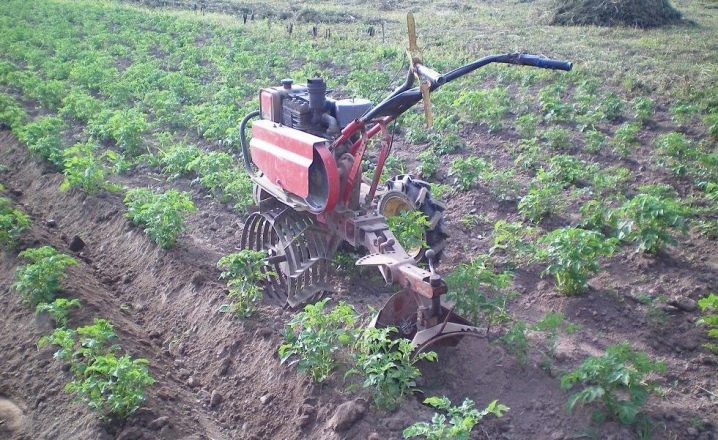
Which walk-behind tractor is better to use?
The walk-behind tractor is a small mechanized device that makes it much easier to work both in small garden plots and in large farm areas. The scope of its application is determined by special components that are intended for soil cultivation, planting and hilling of potatoes and other vegetables. In addition, it can be used to transport various goods. It is especially necessary when cultivating large areas.
There are many models of walk-behind tractors. You can choose the appropriate option based on the following factors:
- the size of the treated area;
- soil properties;
- model power and weight;
- for what types of work the walk-behind tractor will be used;
- fuel type of the model;
- availability of components for the walk-behind tractor and its price.

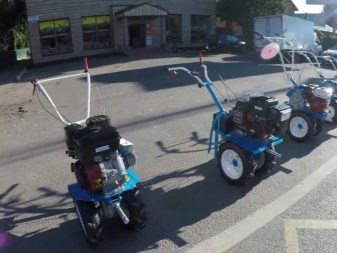
The power of the selected walk-behind tractor directly depends on the cultivated areas: the larger they are, the more powerful the engine of the unit is needed. By power, the products can be divided into the following categories.
- Ultralight - designed for processing areas up to 20 acres. Their capacity is 3 liters. with. and they weigh up to 20 kg.
- Lungs - weigh about 40 kg and have a capacity of 3 to 5 liters. with.
- Average - weight 40-60 kg with a capacity of 5 liters. with. These models have two directions of movement - forward and backward, which ensures their great maneuverability.
- Heavy - weight over 60 kg with a capacity of up to 16 liters. with. These models are designed to withstand high loads and are designed to handle large agricultural areas with a large volume of work.

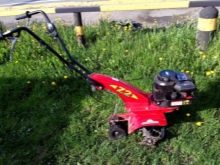
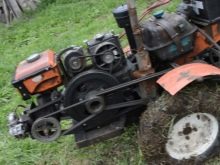
To process a standard (6 acres) suburban area, you can do with a light-type walk-behind tractor with a capacity of 3 liters. with.
According to the type of fuel used, models are distinguished:
- running on gasoline;
- working on diesel.
Diesel walk-behind tractors are more economical than gasoline ones, but they are inferior to them in power.
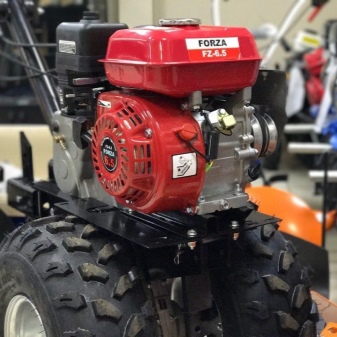
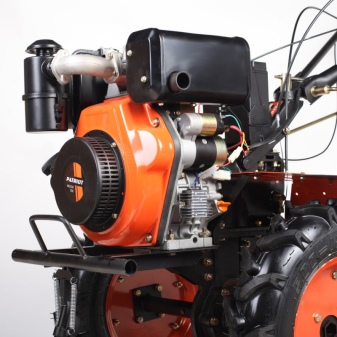
The scope of work performed can be expanded with the help of special attachments, which are purchased separately.
- seeders;
- potato planters and potato plow planter;
- sprayer;
- lugs;
- harrows (disc, finger), plows (conventional, reversible);
- cultivation cutters;
- hillers, flat cutters.
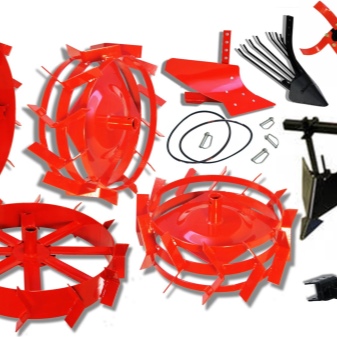
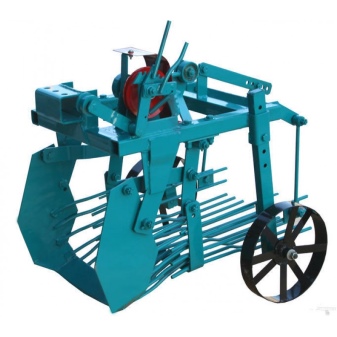
In addition, you can supplement the walk-behind tractor with a trailer for transporting cargo, and the adapter will turn the unit into a miniature tractor. It can also be used to clean snow with special rotary brushes. The most popular models are MTZ Belarus 09N, Patriot Ural, Salyut 5L-6.5. For small areas, the most often used models are "Neva", "Champion", "Sadko", "Forza".
Taking into account all these factors will help to choose exactly the model that can be used better and more efficiently in the future.

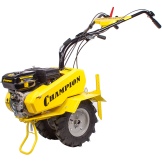
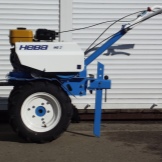
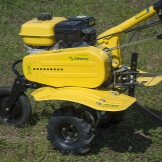
Site preparation for planting
The tiller is successfully used to prepare the soil for planting potatoes. To plow the land, you need to put a plow or special attachments - cutters on the walk-behind tractor. Before getting started, you need to make the following settings:
- set the plowing depth equal to 10-12 cm (shovel bayonet size);
- set the width of the passage within 60 cm;
- for better processing of hard soil, it is necessary to increase the depth of the furrows to 20-25 cm.
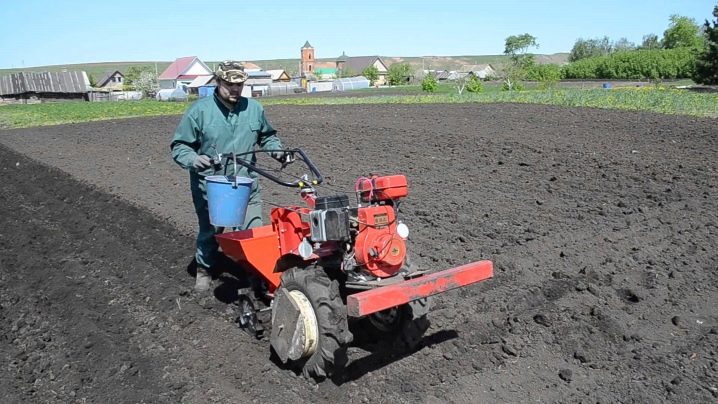
Such regulation guarantees a smooth running of the walk-behind tractor and minimizes the cost of physical effort. When plowing the soil, you must adhere to the following rules.
- One cutter must always be in the plowed furrow, which improves the quality of plowing.
- It is more efficient to plow a plot along the longer side of it. This allows fewer turns.
- The turning point must be leveled with a rake.
- When plowing the next row, you need to grab some of the plowed soil of the previous row so that the soil is plowed evenly.
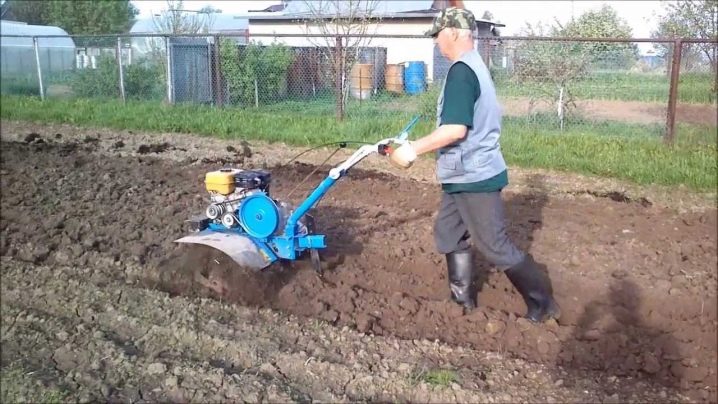
There are types of motoblocks adapted to the circular plowing method. In this case, plowing begins from the center of the site and moves in a spiral. This method is convenient in that the operator of the walk-behind tractor moves to the side of it on the unplowed land. After the land is plowed, rows of furrows are marked.
Potatoes require wide row spacings for their full growth. Their optimal width is a distance of 70 cm.
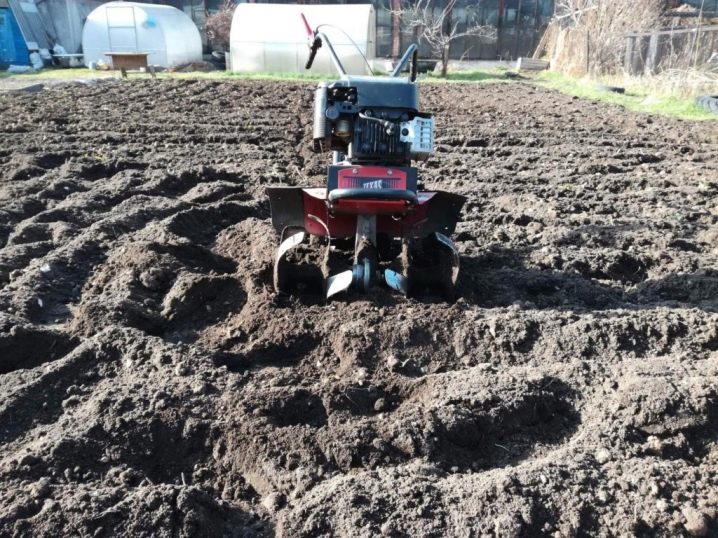
How to plant?
They begin to plant potatoes with a walk-behind tractor immediately after the soil has been properly prepared. For landing, the following equipment is required for the mechanism:
- two types of wheels - with grousers and ordinary rubber;
- wheel extensions and couplings;
- plow (hiller, potato planter).
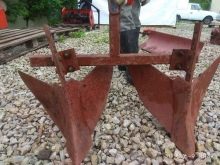
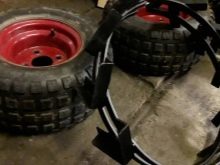
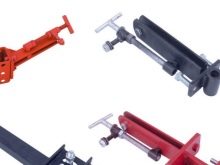
When using a walk-behind tractor when planting potatoes, you need to adhere to the following rules:
- the row spacing should be approximately 55-65 cm and be the same;
- furrows should be even;
- the gap between the planting tubers should be about 30 cm.
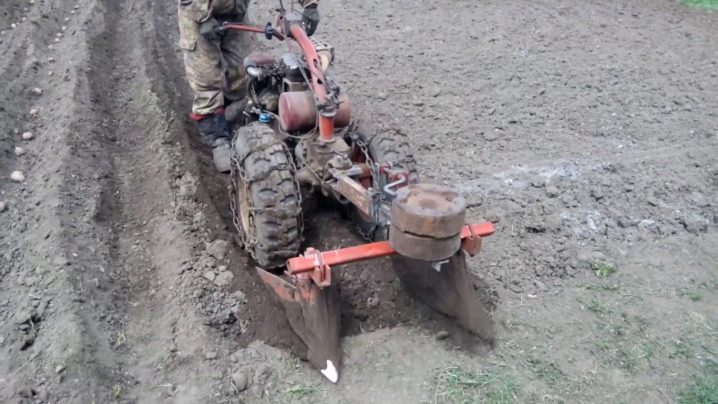
There are several methods of planting potatoes using a walk-behind tractor.
With hiller
This method is semi-mechanized, since you have to manually place the planting tubers in the beds. The hiller is used for growing potatoes in small areas. There are several types of hillers: with a definite and variable working width, hillers with discs. These types have some differences, but each makes the job much easier.
The planting technology using a hiller is to raise the soil to form a furrow and form ridges on both sides of the passage. The landing sequence is as follows.
- Preparing the unit for operation. First, you need to remove the cutters and install the hiller on the walk-behind tractor.
- Adjust it to the minimum grab distance and secure the lugs.
- Furrows are marked. You need to cut the beds along these furrows.
- Seed tubers are manually placed in the formed rows of grooves at regular intervals.
- Change the size of the width of the hiller's wings and set it to the maximum.
- With a tiller, the beds are covered with soil, and at the same time the planted tubers are compacted.

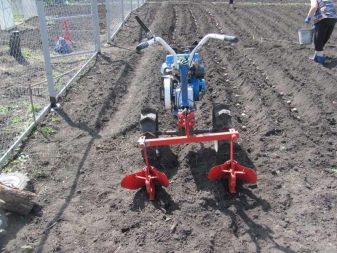
The disadvantages of this method are that you have to walk through the same bed twice, you have to plant potatoes by hand and you need two people to work. The advantage is that high-quality loosening of the soil is ensured, furrows are formed, and the culture is earthed.
Under the plow
The simplest option for using a walk-behind tractor is planting under a plow. It is as follows. First, a plow and cutters are placed on the unit, then the lugs. The plow goes 10-12 cm deep into the soil.
Then a furrow is made, potato seeds are placed in it at regular intervals. By turning, a new row is made and at the same time the previous one is filled up. So, step by step, grooves are cut, tubers are planted and the beds are backfilled with soil.
This method also requires the participation of two people: to operate the walk-behind tractor and to lay the tubers. The convenience of this method is that it is not necessary to pass the same row twice, since when passing the next row, the previous one is filled up, and it is also not necessary to make preliminary marking of the furrows.
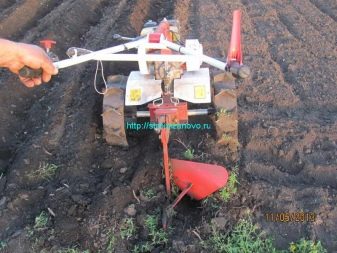
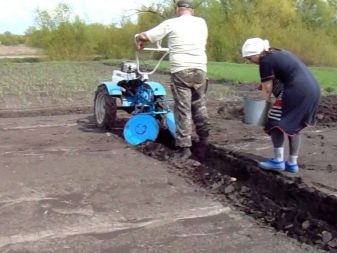
With potato planter
For growing potatoes in large areas, it is more efficient to use a walk-behind tractor with a potato planter.
It has the following construction:
- conveyor - a conveyor belt that feeds tubers;
- furrow section;
- a distributor feeding tubers at regular intervals;
- hiller.
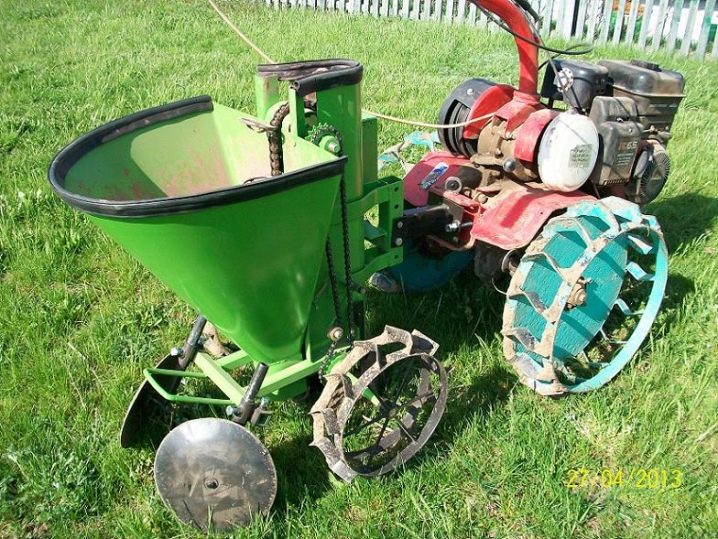
Before starting work, the following machine settings are made:
- a certain depth of the furrow is set (10-12 cm);
- the size of the row spacing is set (65-70 cm);
- the mechanism for laying seed tubers is adjusted.
Then the mechanism is prepared for operation:
- ordinary wheels are removed and lug wheels are installed;
- the desired size of the width of the wings and track is adjusted;
- the distributor is filled with planting tubers.

Potato planters are convenient in that all planting stages are carried out in one pass of the furrow, which saves fuel, requires less time and physical costs. This method is fully automated: both the planting of the potatoes and their hilling take place at the same time. When planting with a potato planter, there is no need to pre-mark the furrows.
The disadvantage of this method is that the planting tubers are selected very carefully: it is necessary to select them the same size. Potato sprouts should be small, otherwise they will break when planting.
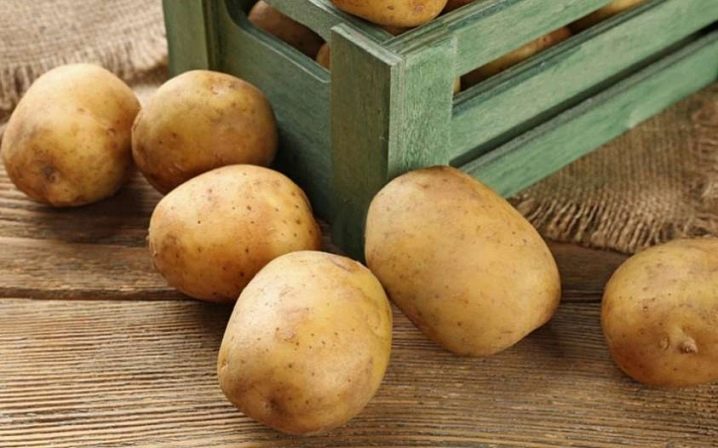
Into the ridges
The application of this method is necessary where groundwater is close to the surface of the earth. The technology of the method consists in the formation of ridges 15-20 cm high, in which the tubers are planted. It can be done using a walk-behind tractor with a hiller and a potato planter.
When using a hiller, work is carried out in the following order:
- lugs and a hiller are placed on the mechanism;
- ridges with a height of 15-20 cm are cut, the width between them is about 70 cm;
- for 2-3 days, the combs are left to warm up;
- tubers are manually laid on the top of the ridge;
- the lugs are changed to ordinary wheels and the ridges are covered with soil from the aisle.
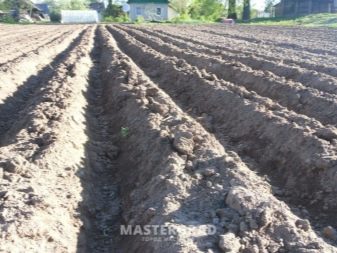
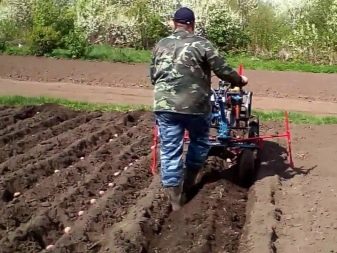
When using a potato planter, discs must be installed on the walk-behind tractor. The height of the ridge is adjusted by setting a certain angle of the disc attachment. The work proceeds in the same way as for a normal landing.
Care
Further processing of planted potatoes consists in timely hilling and weeding with simultaneous loosening. This can also be done using a walk-behind tractor.
Weeding
It is possible to weed potatoes using a walk-behind tractor if additional equipment is used: a rotary or mesh harrow, as well as paws or a weeding machine. The general principle of operation of the rotary harrow, share and weeding machine is that, when immersed in the ground, these devices rotate in it, loosen the soil, at the same time capture the weeds and push them out of the ground. These attachments have some differences, but they are not significant.
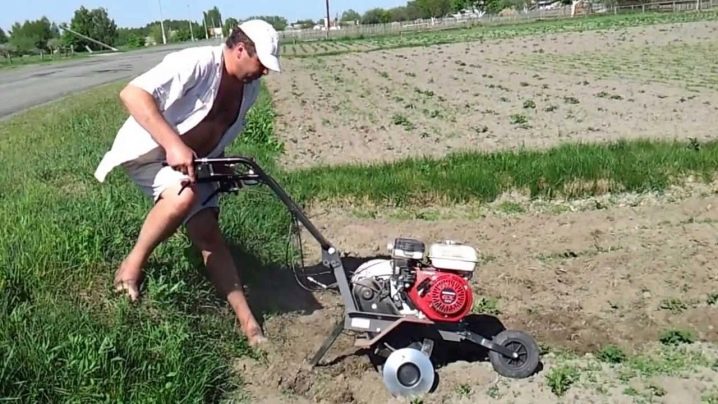
The harrow is mainly used before germination and hilling of potatoes, since it is not adapted to work the aisles. Weeding should preferably be done once a week.
Hilling
It is necessary to carry out hilling 2-3 times a season. The first time it is made when the potato bush grows to about 15 cm in height. The height of the ridge is done within 10 cm. The second hilling is carried out when the potatoes grow up to 25 cm, about 14 days after the first time. After another two weeks, you can do the third hilling, while the soil must be poured very high.
Hilling with a walk-behind tractor is done as follows:
- lugs are placed on the mechanism, the angle of their rotation and the required depth of immersion in the ground are adjusted;
- the walk-behind tractor must be placed exactly in the center of the row spacing;
- work begins at the lowest speed of the mechanism.
Usually 1-3-row hillers are used for hilling.
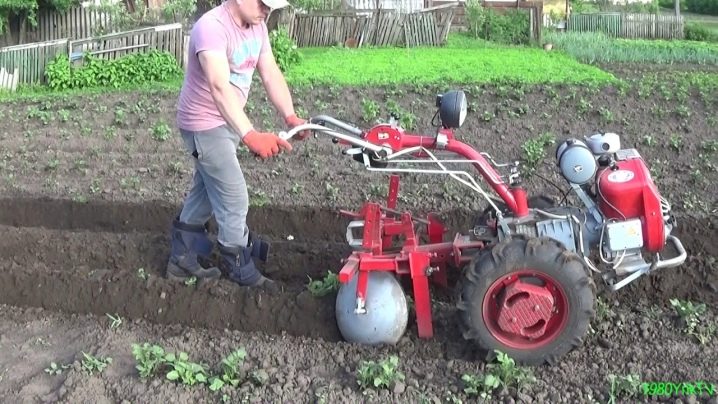
Harvest
The walk-behind tractor is irreplaceable when digging potatoes. To dig up potatoes, you need special equipment: a potato digger.It differs from the hiller in that it has a lattice of twigs, and not a solid surface.
The digger plunges into the soil to a certain depth and lifts it along with the potatoes. The soil is poured out through the grate, but the potatoes remain. The harvest is then harvested by hand. The disadvantage of this device is that after the first pass, not all tubers are harvested, and it is necessary to re-pass the bed.
You also need to make sure that the digger goes deep into the soil (below the potato tubers) and you need to dig through the row, otherwise you can damage the crop.

There are different types of potato diggers: drum or vibrating type and with a conveyor.
- The dug potatoes fall on a vibrating grate, through which the earth crumbles, and the potato itself, under the influence of vibration, moves to the end of the grate and falls to the ground.
- In the drum digger, the potatoes are trapped in a tube that rotates slowly. Here, the potato is freed from the soil and falls to the ground.
- In a potato digger with conveyor, the potatoes fall onto the moving conveyor and then also onto the ground. Tubers are harvested from the ground by hand.
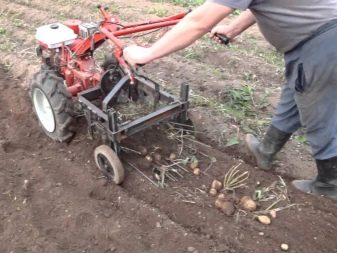
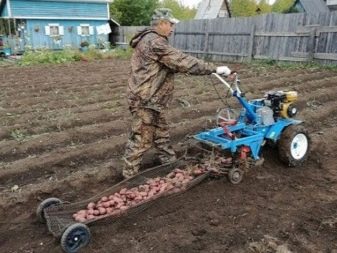
The capabilities of the walk-behind tractor are not limited only to planting and caring for potatoes. Its technical abilities greatly facilitate agricultural labor and allow it to be used for growing other garden crops, and various attachments expand its scope.
For planting potatoes using a walk-behind tractor, see the next video.



































































The comment was sent successfully.